This work involves employing a number of artistic sensibilities. Most obviously, there’s the creation of the narrative, which includes gathering material, identifying moments of significance and the dramatic climax, and structuring all elements in relation to one another so that they are meaningful and powerful. Just as important is listening to, identifying, and representing the language particular to each individual, including cadence, tone, syntax, idiom, and vocabulary. We also pay attention to how the individual positions themselves at any given moment in relation to their experience: is it through images, elision, abstraction, physicality? And, of course, we are valuing the emotion being expressed—when and how it is presented. In all of this, we are examining how the person telling the story is being themselves and thinking about how we can support them doing so on stage.
We are using our decades of training as artists to translate the experiences of veterans and their families into narratives, and then to translate the narratives into performances. Another way to put it is that we are helping these folks with meaning. We listen, echo, and revise their words into a script, and then we watch, sculpt, and support their physical presentation into a performance. We use the sensibilities we have cultivated as artists to assist these people in their search for, and expression of, meaning.
Our job as artists working with the Telling Project is to take a mass of indeterminate data—experience, reflection, emotion, form, movement, sound—and turn it into stories and performance.
This is what artists do. Artists are expected to plumb the depths of their own soul, and, if lucky, offer work that is relevant, or at least relevant enough, to the broader society. Works that involve non-artists in the creative process, and/or have the intent of reaching an nontraditional arts audience—perhaps high school students, a specific cultural community, military families, or even a particular town in New Hampshire—are less taught, less often viewed as art, and often not taken as seriously.
There are a few notable exceptions, such as the work of Augusto Boal, who developed theatre of the oppressed. This form, however, while included widely in syllabi and considered an important movement, holds an anomalous and esoteric status in contemporary theatre, at least in America. While immersive, devised, audience-engaged performance is having an upsurge in the United States in the last decade or so, this has largely been confined to either the academy or to cities with established audiences for experimental theatre. Literary self-publishing, online music accessibility, Youtube and other video hosting sites, all have contributed to a broadening of platforms and, as a result, audiences, but have had little impact on the conception of the artist as creator and audience as consumer.

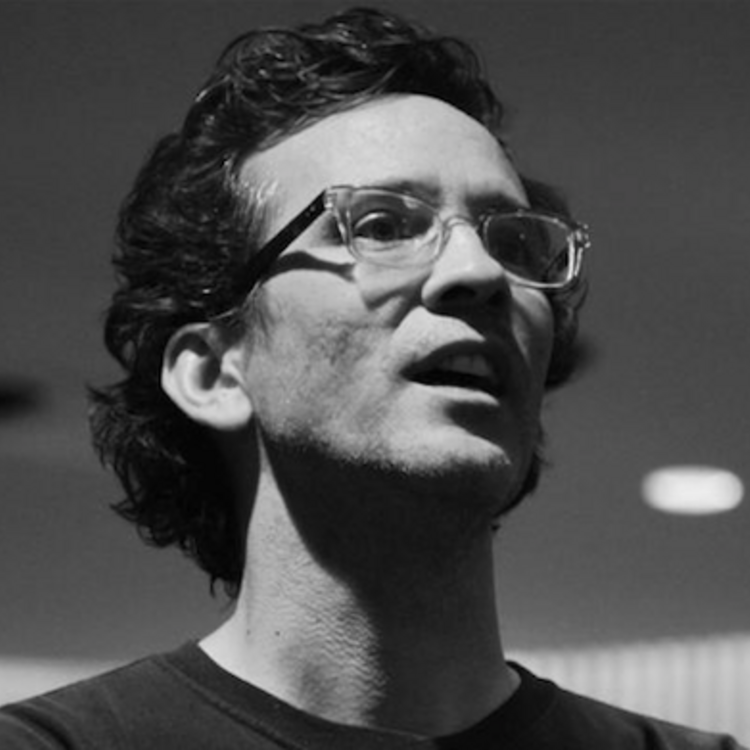
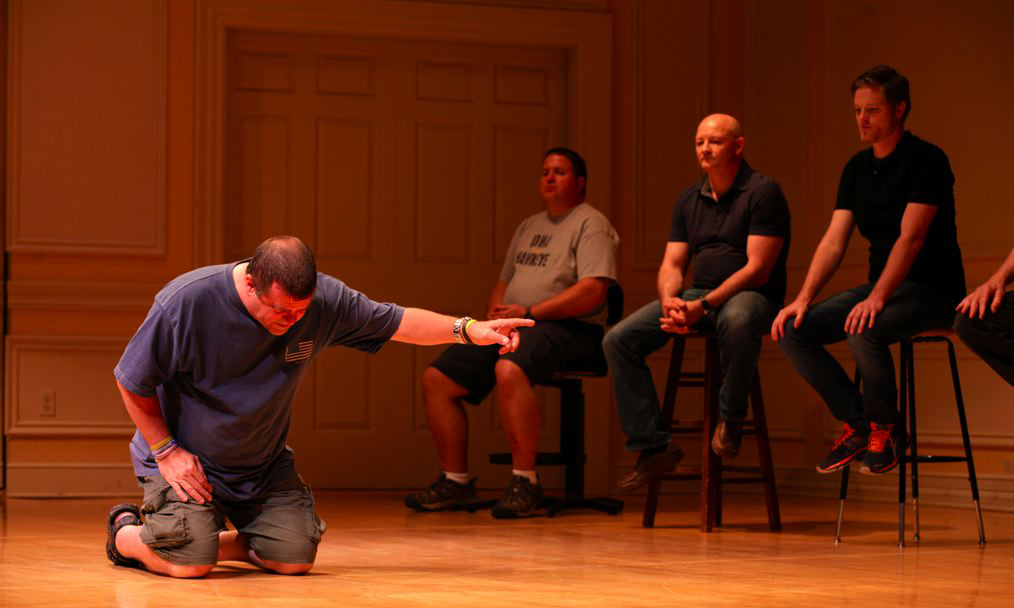
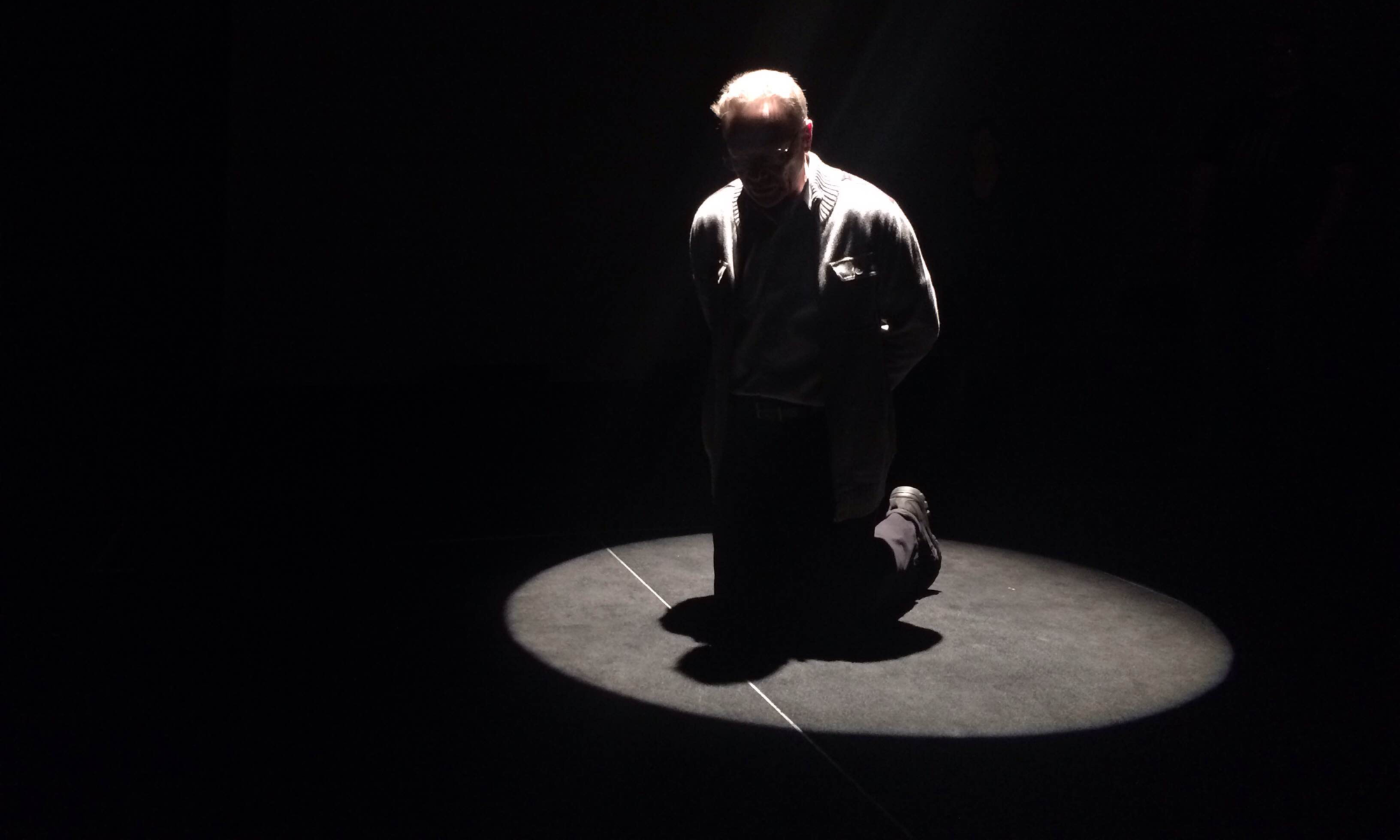





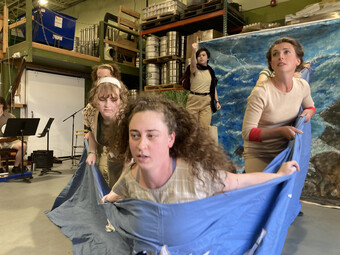

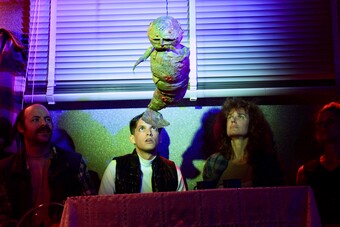

Comments
The article is just the start of the conversation—we want to know what you think about this subject, too! HowlRound is a space for knowledge-sharing, and we welcome spirited, thoughtful, and on-topic dialogue. Find our full comments policy here